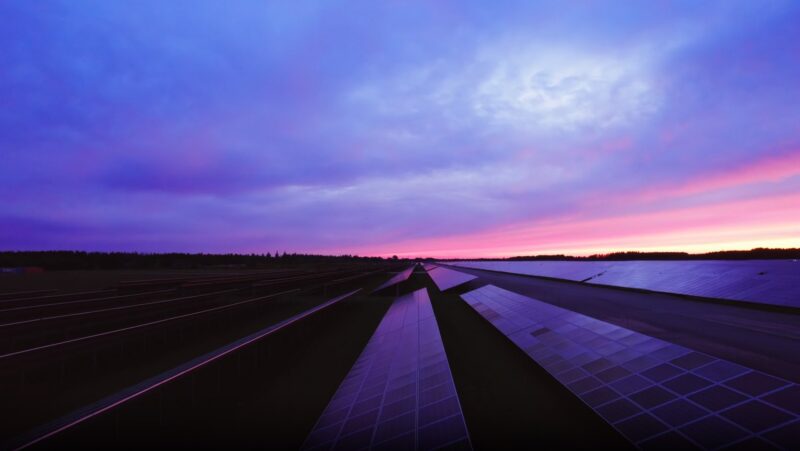Solar energy is really catching on as a greener alternative to fossil fuels, which is great for our planet. But let’s be honest—solar power isn’t perfect and has its own set of challenges. In this article, we’ll talk about 7 major drawbacks of solar energy and share some practical tips on how to deal with them.
1. High initial costs
Installing solar panels can be really expensive upfront. We’re talking about the cost of the panels, inverters, wiring, and labor. Many folks are put off by the hefty investment, especially compared to the cheaper upfront costs of traditional energy sources. There are often extra costs like permits and inspections that add to the financial burden.
How to overcome these challenges
Thankfully, there are ways to make this easier. Governments and organizations offer incentives like tax credits, rebates, and financing options. For example, the federal Investment Tax Credit (ITC) in the US lets you deduct a chunk of your solar installation costs from your federal taxes.
Many states also offer additional incentives to help reduce costs further. Plus, many solar companies offer leasing options or power purchase agreements (PPAs), which can lower the initial financial burden.
2. Weather dependence
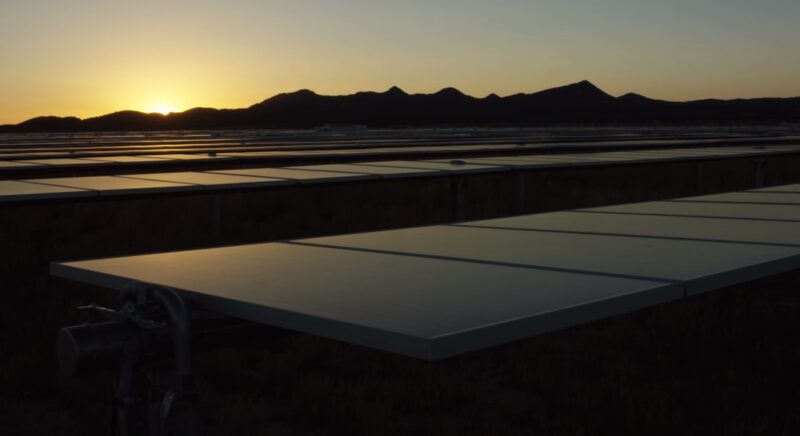
Solar panels need sunlight to generate electricity, so they’re not as effective on cloudy days or at night. This can lead to unreliable power supply, especially in areas with frequent overcast weather. Seasonal changes can also impact energy production, with shorter days in winter leading to less energy. This variability makes it hard to rely solely on solar energy or even active solar energy.
What to do?
Battery storage systems can store excess energy generated during sunny periods, providing a backup during cloudy days or at night. Technologies like Tesla’s Powerwall have made residential energy storage more accessible. By storing energy when it’s abundant, these systems ensure a steady power supply even when sunlight isn’t available.
Also, integrating solar power with the grid allows for a consistent supply of electricity by balancing solar energy with other power sources. This hybrid approach helps mitigate issues caused by weather dependence.
3. Space requirements
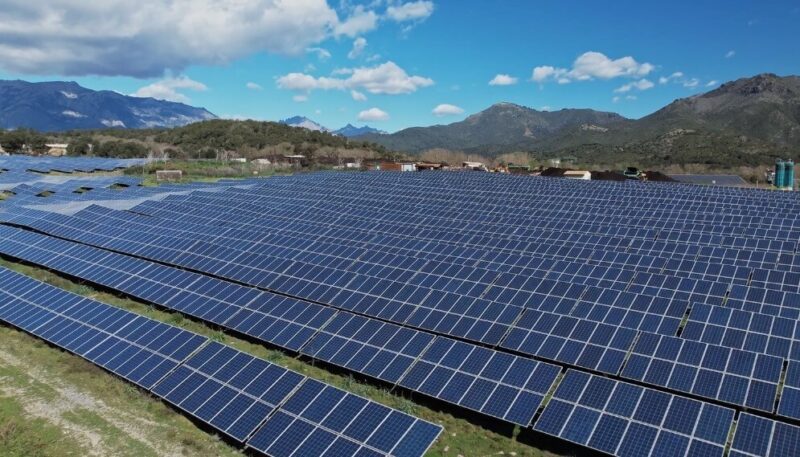
Solar panels need a lot of space to generate significant amounts of electricity, which can be a problem in urban areas or for properties with limited roof space. Large-scale installations often require vast tracts of land, which might not be feasible in densely populated regions.
Not all rooftops are suitable for solar panels due to shading, structural issues, or orientation, complicating installation.
How to solve this
Innovative solutions like building-integrated photovoltaics (BIPV) incorporate solar panels into building materials, such as solar shingles or facades, maximizing space utilization. These technologies enable buildings to generate solar power without needing extra space.
Additionally, community solar projects allow multiple users to benefit from a shared solar installation, eliminating the need for individual large-scale setups.
4. Energy storage challenges
Storing solar energy efficiently is still a challenge due to the high cost and limited lifespan of current battery technologies. Batteries can be expensive to buy and maintain, adding to the overall cost of a solar power system.
Their performance can degrade over time, requiring eventual replacement and increasing long-term costs. The limited storage capacity of current technologies also restricts the amount of energy that can be saved for later use.
What to do?
Continued advancements in battery technology, like solid-state batteries, promise to improve energy storage capacity and reduce costs. These new technologies offer higher density and longer lifespans compared to traditional lithium-ion batteries.
Alternative storage methods like pumped hydroelectric storage or compressed air energy storage offer scalable solutions for large-scale storage needs. These methods can store large amounts of energy for extended periods, providing a reliable backup during low solar generation.
5. Environmental impact
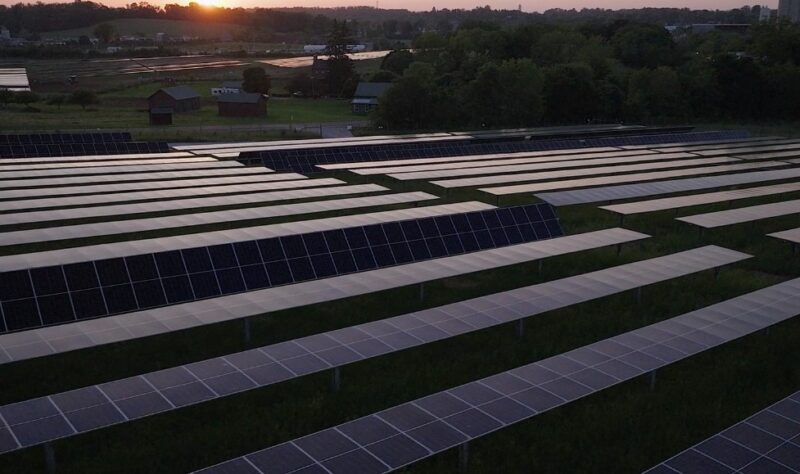
The production and disposal of solar panels involve the use of hazardous materials and can result in environmental pollution if not managed properly. Manufacturing processes often require toxic chemicals, posing risks to workers and the environment.
End-of-life disposal of solar panels can create electronic waste if not recycled properly, contributing to environmental degradation.
How to solve this
Manufacturers are increasingly adopting eco-friendly production methods and recycling programs to minimize the environmental impact of solar panels. Efforts to use less toxic materials and more sustainable manufacturing processes are gaining traction within the industry.
Choosing reputable solar panel manufacturers that adhere to high environmental standards and participating in panel recycling programs can help mitigate these concerns.
6. Efficiency concerns
The efficiency of solar panels, which determines how much sunlight they can convert into usable electricity, is still relatively low compared to other energy sources. Most commercially available solar panels have efficiency rates between 15% and 20%, meaning a significant portion of sunlight is not converted into electricity.
This limitation necessitates the use of more panels to meet energy needs, increasing costs and space requirements.
What to do?
Research and development in photovoltaic technology continue to improve the efficiency of solar panels. Innovations like multi-junction solar cells and perovskite materials are pushing the boundaries of solar efficiency, achieving higher conversion rates.
These advanced technologies can capture a broader spectrum of sunlight, improving overall energy output. Additionally, optimizing the installation angle and location of panels can maximize their exposure to sunlight and improve overall efficiency.
7. Maintenance and reliability
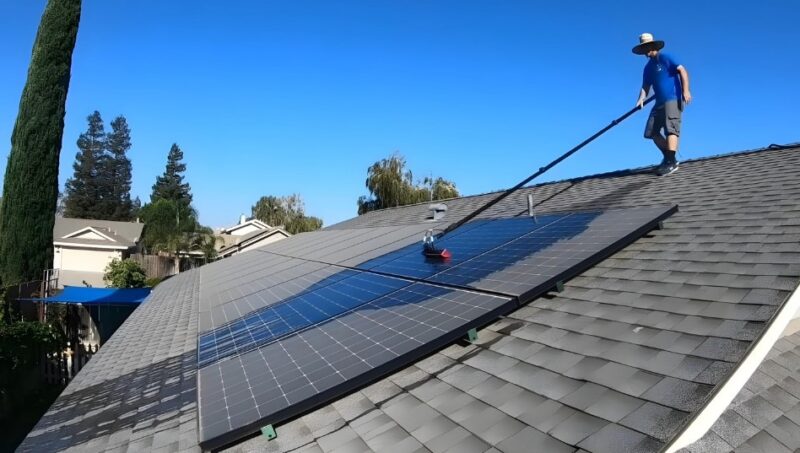
Solar panels require regular maintenance to ensure they operate at peak efficiency, including cleaning and inspection for damage. Dust, debris, and bird droppings can accumulate on panels, reducing their effectiveness. Their performance can degrade over time, with most panels experiencing a gradual reduction in energy output over their lifespan.
How to solve this
Investing in high-quality panels with strong warranties can reduce maintenance needs and ensure long-term reliability. Reputable manufacturers offer panels with warranties that cover performance and durability for 25 years or more.
Many solar companies offer maintenance packages that include regular cleaning and inspections, ensuring that panels remain in optimal condition. Furthermore, advancements in self-cleaning technologies and durable materials are reducing the maintenance burden and increasing the lifespan of solar panels.
In summary
Switching to solar energy might not be a perfect solution, but it’s a step in the right direction. With the right strategies and a proactive approach, we can make solar energy a viable and attractive option for everyone.
Embracing solar power can lead to significant environmental benefits and contribute to the global effort to combat climate change, making it a worthwhile investment for the future.

